
Counties where the most opioids are dispensed in New Mexico
This story originally appeared on Ophelia and was produced and distributed in partnership with Stacker Studio.
Counties where the most opioids are dispensed in New Mexico
When Purdue Pharma first began sales of OxyContin in the late 1990s, it was advertised as relief for cancer patients and people with chronic pain. Aggressive marketing fueled the drug's popularity, along with that of other opioid pain management drugs on the market. But as the company touted OxyContin to physicians, it downplayed the drug's addictiveness, according to confidential Justice Department reports obtained by news organizations, leading to widespread use that has fueled an opioid epidemic across the U.S.
More than 645,000 people have died from opioid-related overdoses between 1999 and 2021, according to the Centers for Disease Control and Prevention. Provisional data shows just under 80,000 people died in 2022 alone.
Opioid prescriptions have decreased dramatically over the past decade as physicians and public health officials learned about the dangers of OxyContin and other opioids prescribed for pain management. In 2020, the most recent year with data available, the national opioid dispense rate reached 43.3 per 100 people, the lowest rate ever recorded.
A 2022 study funded by the National Institute on Drug Abuse found that counties with higher dispensing rates had more cases of opioid misuse and dependence. The study suggested that reducing prescriptions at the local level can lower a community's rate of opioid abuse or misuse.
Other studies, however, have suggested that decreasing prescriptions may have fueled a new phase of the opioid epidemic: the rise of synthetics like fentanyl. In 2020, synthetics accounted for 82% of all opioid deaths.
It's also important to note that, as awareness has grown about the dangers of dispensing opioid prescription painkillers, more health care professionals are also prescribing medications like Suboxone–which contains buprenorphine and naloxone—for the treatment of addiction and opioid use disorders. While Suboxone is also an opioid medication, it works differently than typical opioid painkillers, blocking the effects of more powerful and addictive opioids to deter intentional misuse.
Using data from the Centers for Disease Control and Prevention, Ophelia broke down counties in every state with the highest opioid dispense rates. In the case of a tie, the county with the higher population and higher raw number is ranked higher. Data was available for 98% of counties in the United States. Overall in New Mexico, the opioid dispensing rate was 40.5 per 100 people, compared to 43.3 nationally.
Read the national story for additional historical context and see where other counties outside of New Mexico stand.

#33. Mora County
- Opioid dispensing rate: 2.0 per 100 people
--- 95.1% lower than state average
--- 95.4% lower than national average

#32. De Baca County
- Opioid dispensing rate: 5.3 per 100 people
--- 86.9% lower than state average
--- 87.8% lower than national average

#31. Torrance County
- Opioid dispensing rate: 6.6 per 100 people
--- 83.7% lower than state average
--- 84.8% lower than national average

#30. Mckinley County
- Opioid dispensing rate: 13.0 per 100 people
--- 67.9% lower than state average
--- 70.0% lower than national average

#29. Catron County
- Opioid dispensing rate: 13.5 per 100 people
--- 66.7% lower than state average
--- 68.8% lower than national average
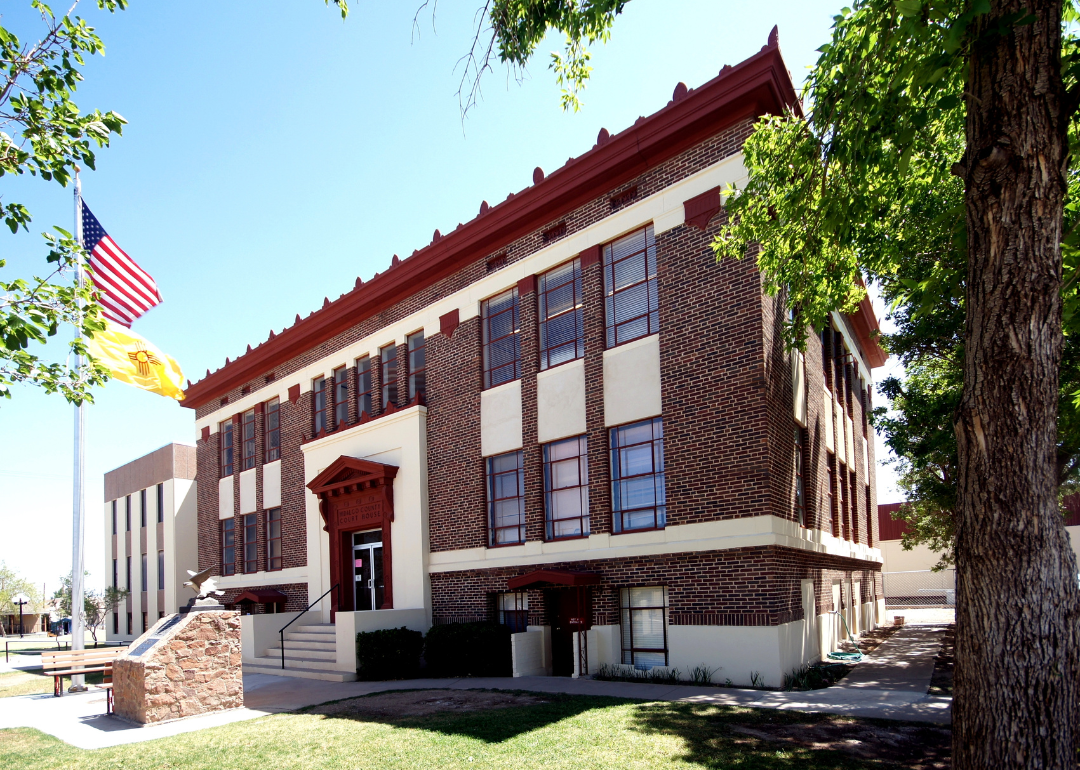
#28. Hidalgo County
- Opioid dispensing rate: 14.2 per 100 people
--- 64.9% lower than state average
--- 67.2% lower than national average

#27. Cibola County
- Opioid dispensing rate: 14.2 per 100 people
--- 64.9% lower than state average
--- 67.2% lower than national average
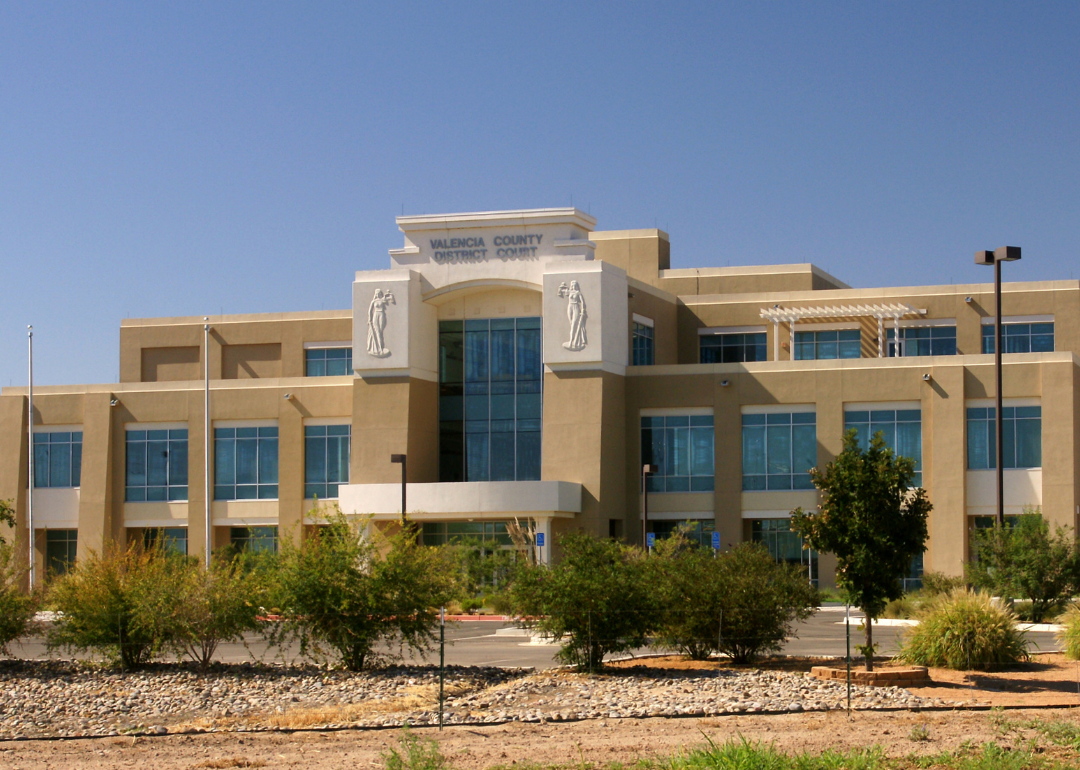
#26. Valencia County
- Opioid dispensing rate: 19.1 per 100 people
--- 52.8% lower than state average
--- 55.9% lower than national average
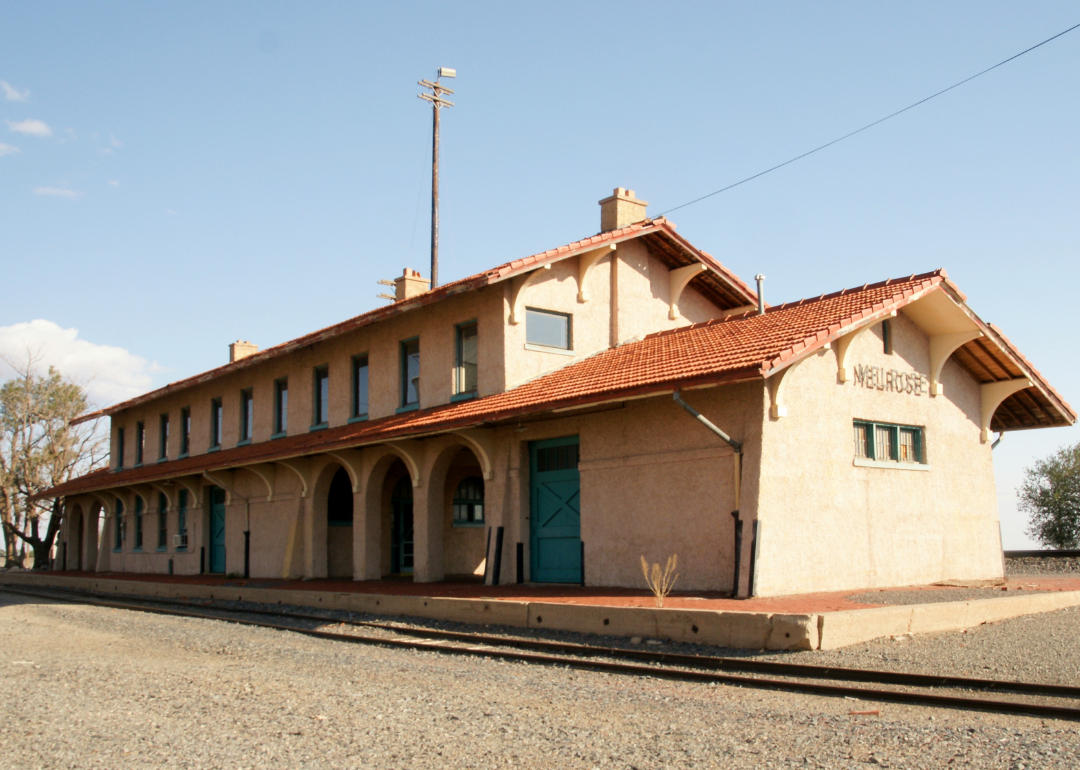
#25. Curry County
- Opioid dispensing rate: 19.7 per 100 people
--- 51.4% lower than state average
--- 54.5% lower than national average

#24. Sandoval County
- Opioid dispensing rate: 21.6 per 100 people
--- 46.7% lower than state average
--- 50.1% lower than national average

#23. Sierra County
- Opioid dispensing rate: 24.0 per 100 people
--- 40.7% lower than state average
--- 44.6% lower than national average

#22. Roosevelt County
- Opioid dispensing rate: 27.4 per 100 people
--- 32.3% lower than state average
--- 36.7% lower than national average

#21. Lincoln County
- Opioid dispensing rate: 28.1 per 100 people
--- 30.6% lower than state average
--- 35.1% lower than national average
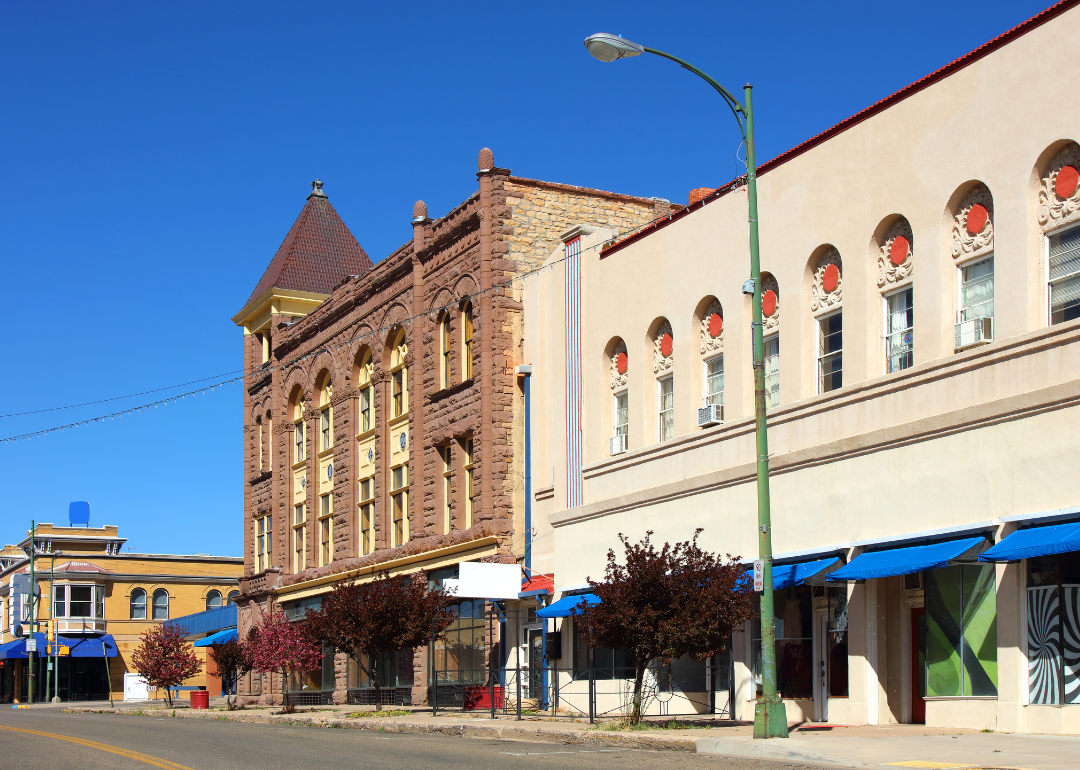
#20. San Miguel County
- Opioid dispensing rate: 30.7 per 100 people
--- 24.2% lower than state average
--- 29.1% lower than national average

#19. Harding County
- Opioid dispensing rate: 31.9 per 100 people
--- 21.2% lower than state average
--- 26.3% lower than national average

#18. San Juan County
- Opioid dispensing rate: 32.9 per 100 people
--- 18.8% lower than state average
--- 24.0% lower than national average

#17. Otero County
- Opioid dispensing rate: 33.1 per 100 people
--- 18.3% lower than state average
--- 23.6% lower than national average

#16. Rio Arriba County
- Opioid dispensing rate: 33.4 per 100 people
--- 17.5% lower than state average
--- 22.9% lower than national average
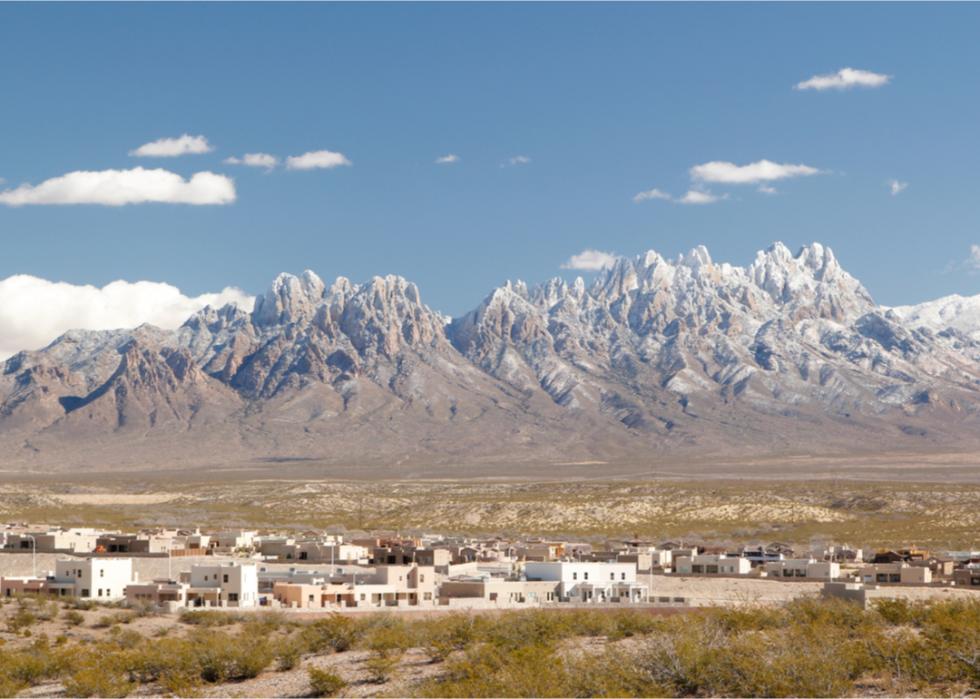
#15. Dona Ana County
- Opioid dispensing rate: 34.0 per 100 people
--- 16.0% lower than state average
--- 21.5% lower than national average

#14. Lea County
- Opioid dispensing rate: 35.1 per 100 people
--- 13.3% lower than state average
--- 18.9% lower than national average

#13. Los Alamos County
- Opioid dispensing rate: 35.6 per 100 people
--- 12.1% lower than state average
--- 17.8% lower than national average

#12. Grant County
- Opioid dispensing rate: 40.1 per 100 people
--- 1.0% lower than state average
--- 7.4% lower than national average

#11. Socorro County
- Opioid dispensing rate: 43.4 per 100 people
--- 7.2% higher than state average
--- 0.2% higher than national average
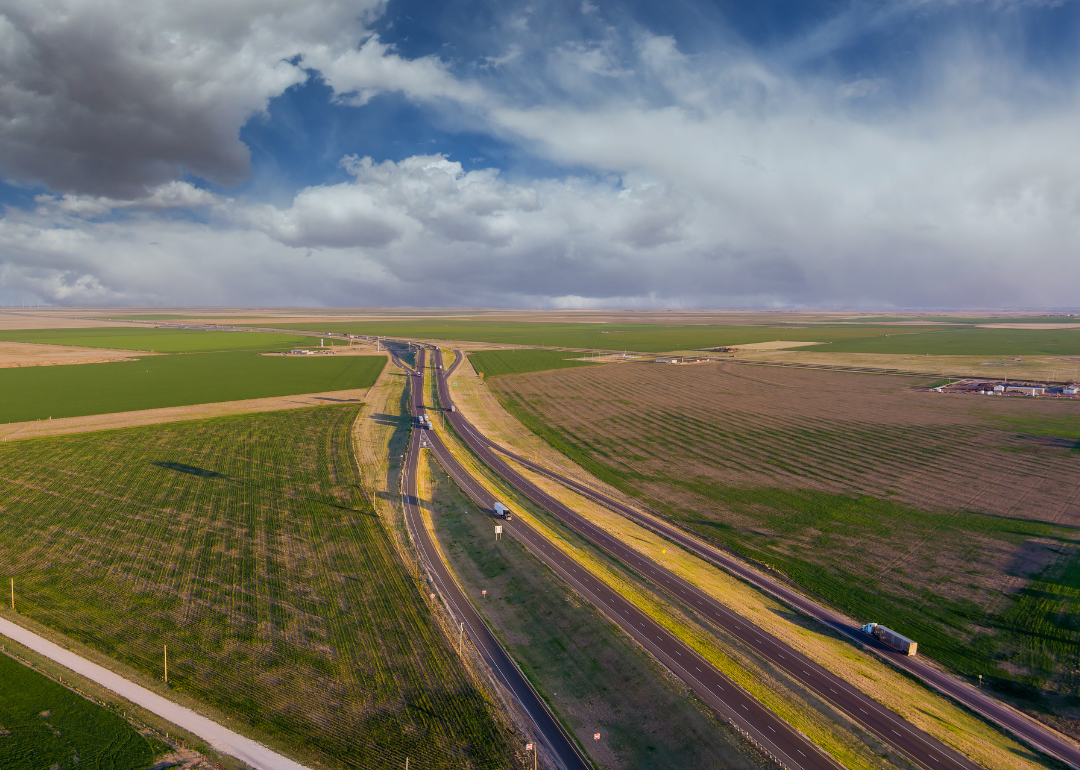
#10. Quay County
- Opioid dispensing rate: 43.8 per 100 people
--- 8.1% higher than state average
--- 1.2% higher than national average

#9. Luna County
- Opioid dispensing rate: 44.9 per 100 people
--- 10.9% higher than state average
--- 3.7% higher than national average

#8. Union County
- Opioid dispensing rate: 45.8 per 100 people
--- 13.1% higher than state average
--- 5.8% higher than national average

#7. Santa Fe County
- Opioid dispensing rate: 49.5 per 100 people
--- 22.2% higher than state average
--- 14.3% higher than national average
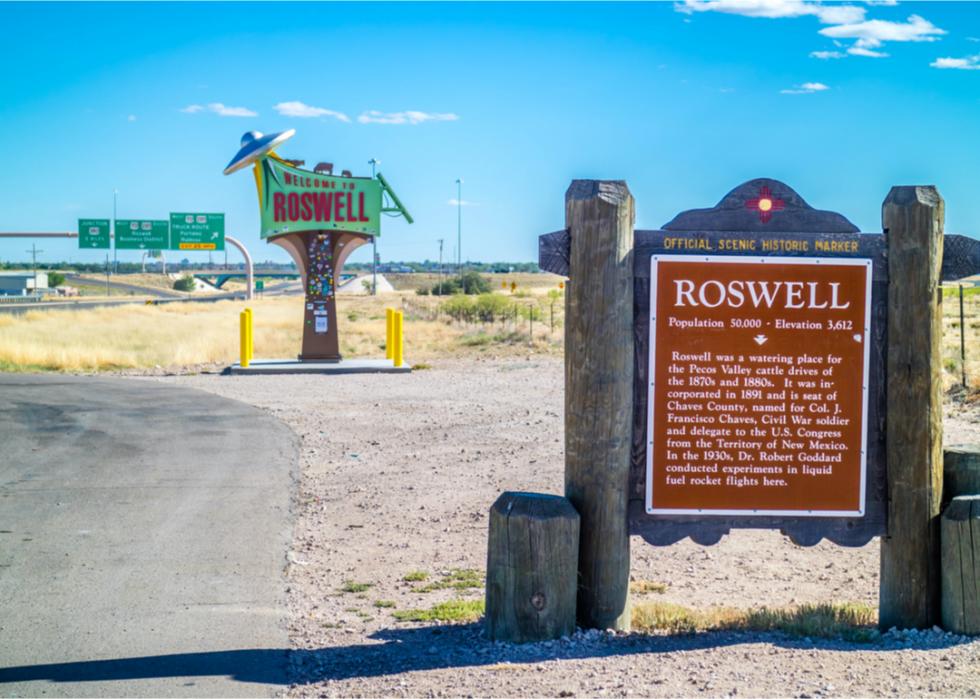
#6. Chaves County
- Opioid dispensing rate: 50.0 per 100 people
--- 23.5% higher than state average
--- 15.5% higher than national average

#5. Bernalillo County
- Opioid dispensing rate: 52.0 per 100 people
--- 28.4% higher than state average
--- 20.1% higher than national average

#4. Taos County
- Opioid dispensing rate: 62.5 per 100 people
--- 54.3% higher than state average
--- 44.3% higher than national average
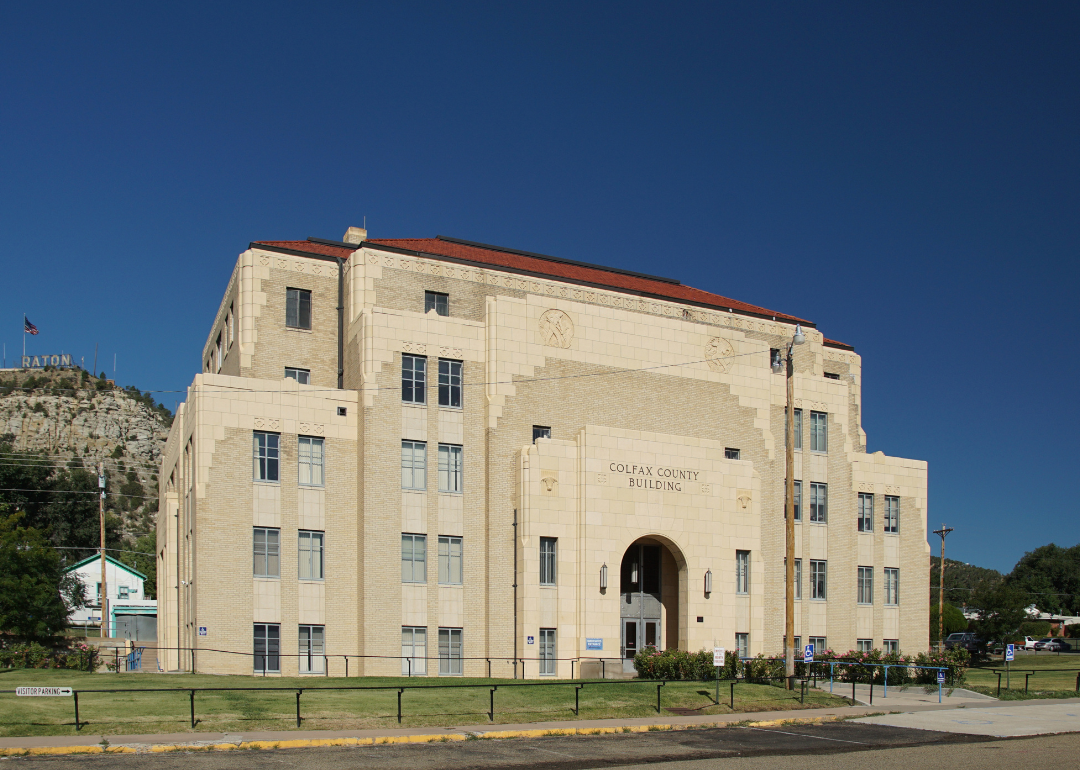
#3. Colfax County
- Opioid dispensing rate: 74.9 per 100 people
--- 84.9% higher than state average
--- 73.0% higher than national average
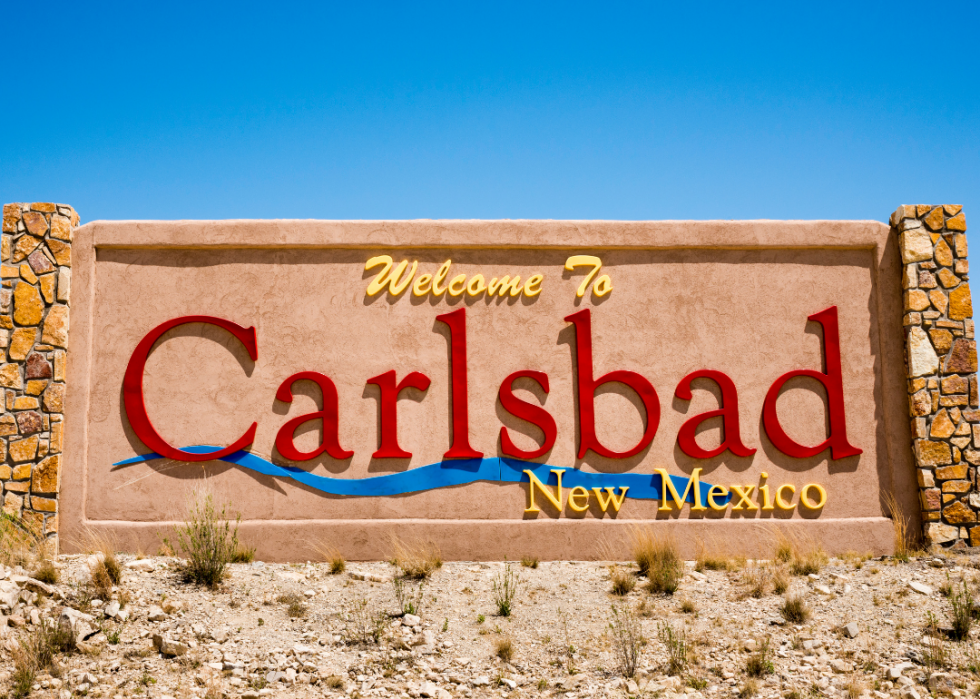
#2. Eddy County
- Opioid dispensing rate: 79.1 per 100 people
--- 95.3% higher than state average
--- 82.7% higher than national average
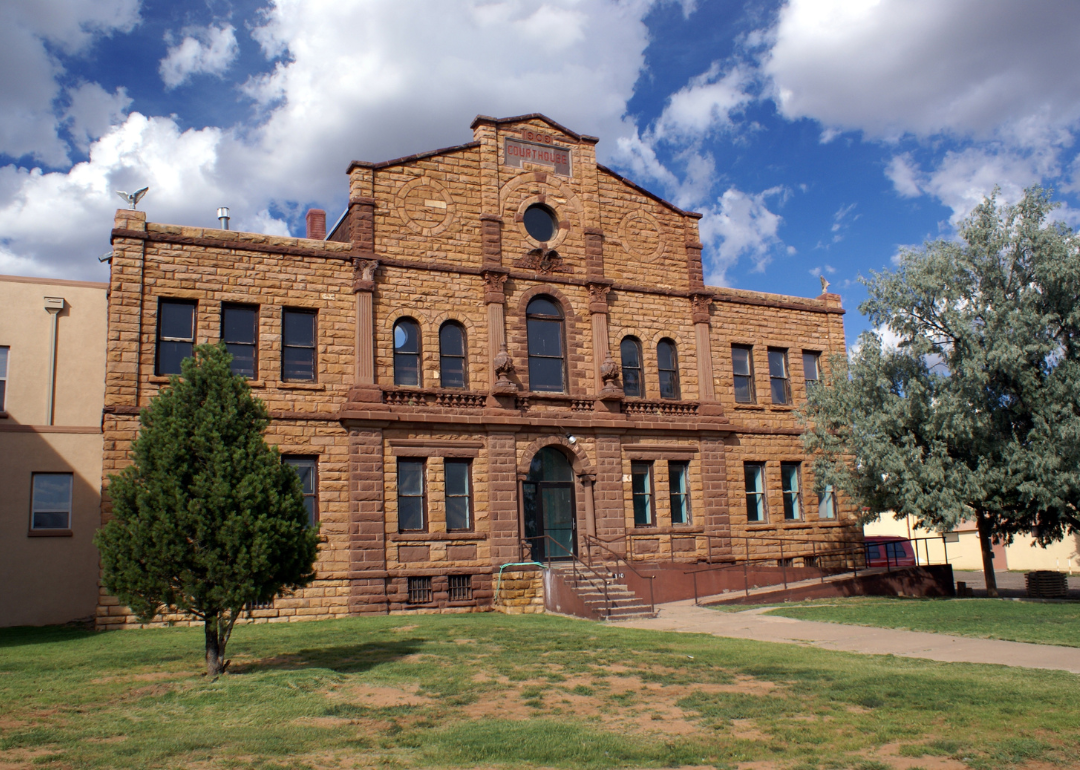
#1. Guadalupe County
- Opioid dispensing rate: 108.2 per 100 people
--- 167.2% higher than state average
--- 149.9% higher than national average



